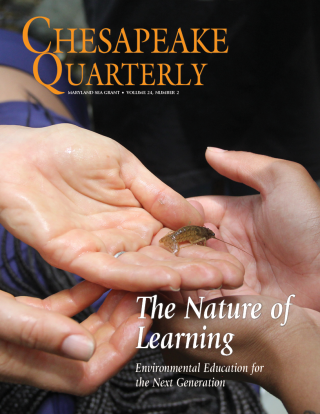Why Save the Blue Crab?
Extension
Students will investigate the environmental benefits of the Maryland Blue crab by performing Internet research. Students will then create an informational brochure or commercial to notify the public about the ecological role of the crab, the population decline since the 1990's, reasons for that decline including Hematodinium, and management techniques to control Hematodinium and other environmental pressures.
Objectives
Students will be able to investigate the ecological role of the blue crab and synthesize the harmful effects of Hematodinium on its population in order to create in informational brochure or commercial to increase public awareness.
Lesson Materials
- Student handout
- Computers with Internet access
- Word processing or publishing software (MS Word or MS Publisher)
- Video camera (if students choose to create a commercial)
Procedures
- Students will research the ecological role of the MD Blue Crab.
- Students will identify how humans are effecting the population of MD Blue Crabs and the outbreaks of Hematodinium (thermal pollution, etc.)
- Students will identify management techniques for maintaining the MD Blue Crab population.
- Students will create an informational brochure or commercial to increase public awareness of this problem.



